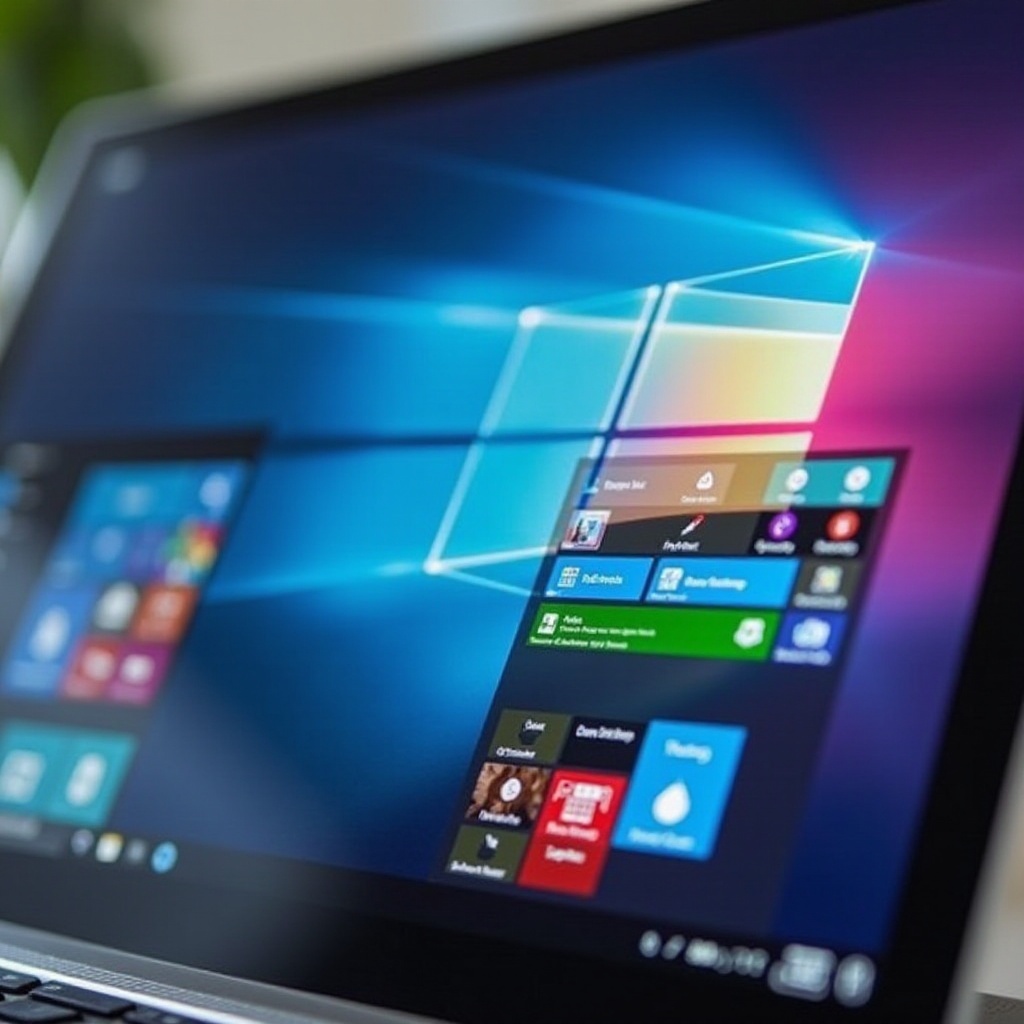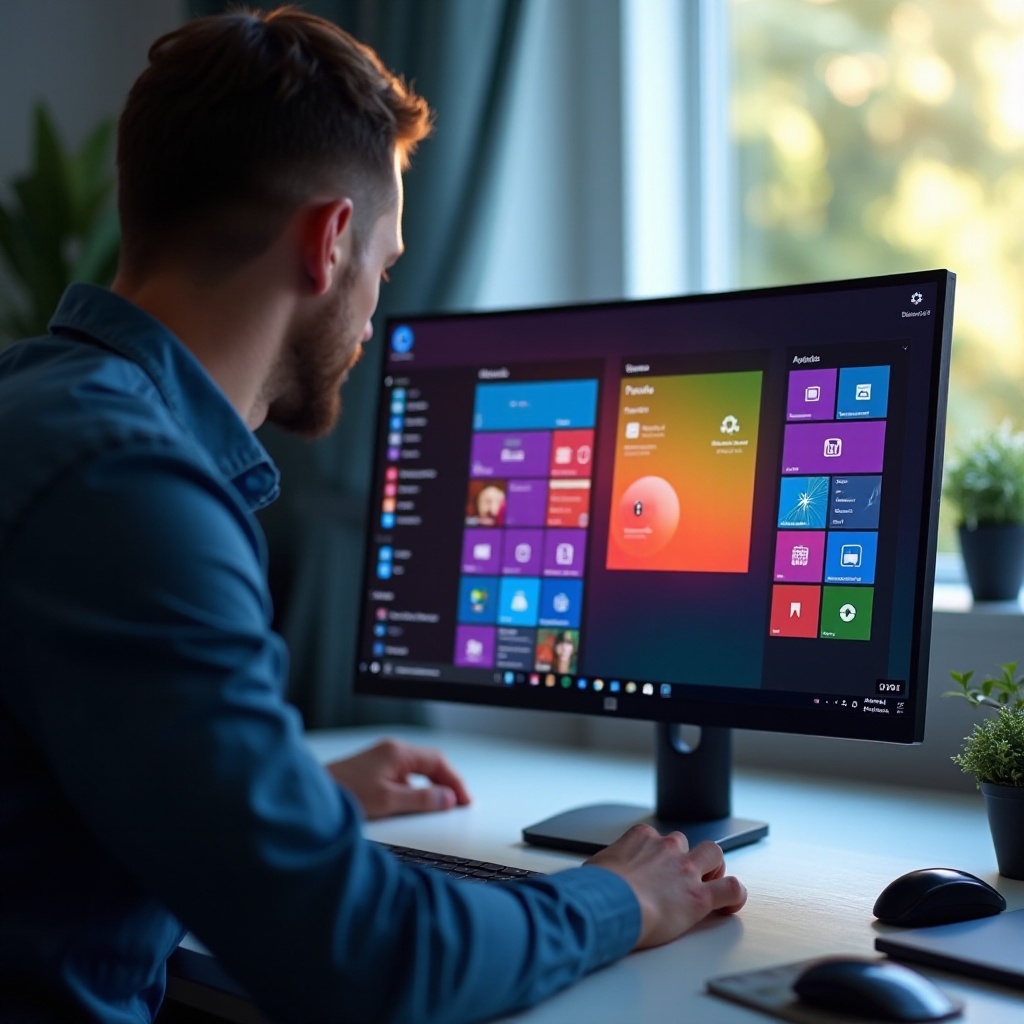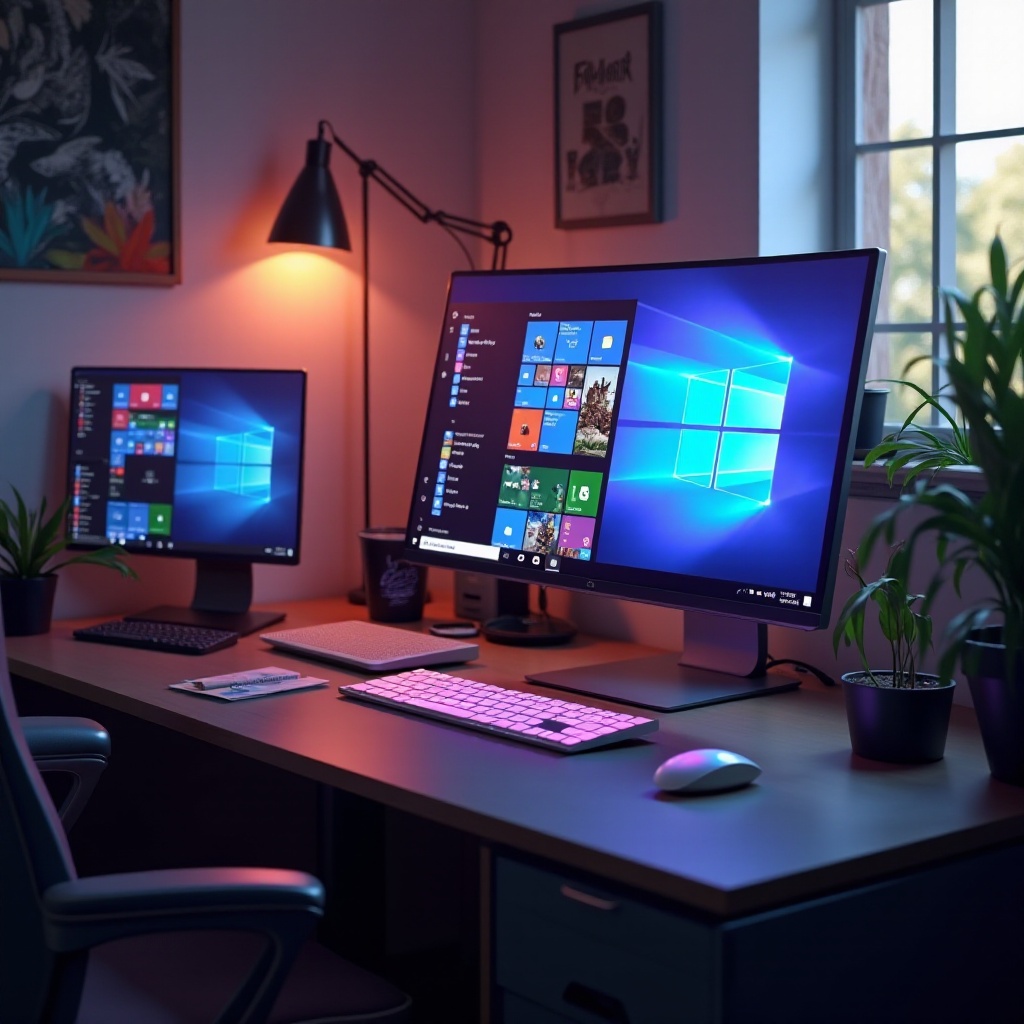How to Change Tab Colors in Windows 11: A Complete Guide
Introduction
In today’s digital age, the personalization of your desktop extends beyond mere wallpapers and icons. With Windows 11, you can take customization to a new level by changing tab colors. This customization feature not only allows a reflection of your personality but also serves practical purposes such as improving focus through color coding. A bit of color can transform your digital workspace, making it more appealing and user-friendly. In this guide, we will explore how you can modify tab colors in Windows 11, providing a more lively setting for your daily tasks. Follow our detailed steps to achieve the desired look and enhanced functionality.

Understanding the Need for Tab Color Customization
Choosing to switch up your tab colors isn’t just about aesthetics; it’s about function. A personalized color scheme can facilitate distinguishing between different tasks, enhance the workflow, and diminish eye strain. Whether your goal is to boost readability or to clearly separate work from leisure time, the ability for color customization in Windows 11 is crucial. Let’s ensure your system is primed for these creative adjustments.
Preparing Your System for Customization
Before customization, it’s critical to prepare your system. First, ensure your Windows 11 is updated to the latest version, as updates often come with important features and fixes. Second, back up your settings to make it easy to revert any changes if necessary. These preparatory steps ensure a seamless transition when you set out to apply new tab colors. Now, let’s proceed with a detailed guide to make these changes.

Step-by-Step Guide to Changing Tab Colors
Accessing Windows 11 Settings
- Begin by clicking the ‘Start’ menu.
- From the options, opt for ‘Settings’.
- In the window that opens, choose the ‘System’ category.
Navigating to Personalization Options
- Inside the ‘System’ section, scour the list to locate ‘Personalization’.
- Upon finding it, click ‘Personalization’ for more settings.
- Next, select ‘Colors’ from the navigation pane on the left.
Selecting and Applying New Tab Colors
- In the ‘Colors’ section, locate ‘Choose your color’.
- Opt for the ‘Custom’ option to adjust colors manually.
- Under ‘Choose your accent color’, indulge in predefined colors or go for a custom selection by choosing ‘View colors’.
Immediately upon selecting a color, Windows will apply it across the system, including tabs, offering them a fresh appearance. If you yearn for more in-depth customization options, let’s delve into the advanced features available.
Exploring Advanced Customization Options
Using Accent Colors
Windows 11 provides the flexibility to select a primary accent color and decide its application areas. Within the ‘Colors’ menu, adjust ‘Show accent color on the following surfaces’ to apply it to title bars, borders, or both, thereby crafting a distinct visual theme tailored to your taste.
Implementing Third-Party Tools
For those seeking enhanced custom options, consider leveraging third-party tools like ‘WindowBlinds’ or ‘Rainmeter’. These applications offer a myriad of themes and color palettes beyond the default offerings in Windows. Always ensure to download from reliable sources and check the compatibility with Windows 11 to enjoy smooth integration and a richer customization experience.
Tips for Optimizing Your Customization
- Harmonize colors with your background to achieve a unified aesthetic.
- Apply strong, bold colors for key tabs, while using softer hues for less critical ones.
- Regularly tweak colors to prevent monotony and keep your interface exciting.
Optimized settings not only boost visual appeal but also enhance productivity, providing a superior and enjoyable Windows 11 experience. Should you encounter difficulties, refer to the following section for common troubleshooting solutions.

Troubleshooting Common Issues
Even if you’re well prepared, there might be hurdles in changing tab colors. Here are solutions to typical problems:
- Changes not applying: Ensure all settings are saved, then restart your computer to apply changes.
- Accent colors not displaying properly: Confirm your device supports the system requirements for hardware-accelerated colors.
- Issues with third-party tools: Provide necessary permissions or run the tool as an administrator to resolve access issues.
If these don’t solve your problem, consider seeking help from Windows support or forums for more detailed assistance.
Conclusion
Changing tab colors in Windows 11 is a simple yet effective way to enliven your digital experience. Following these steps and exploring further customization options lets you tailor your interface for both style and utility. Keep in mind that personalization means enhancing both the visual and practical aspects, making your computing tasks more pleasant and efficient.
Frequently Asked Questions
Can I change the color of tabs individually in Windows 11?
No, Windows 11 applies a unified color scheme to all tabs. Use third-party tools for individual tab customization.
Are there any third-party apps recommended for customizing tab colors?
Yes, apps like ‘WindowBlinds’ and ‘Rainmeter’ offer extensive color and theme options.
What should I do if the color settings do not apply?
Restart your computer and ensure your system is up-to-date and that all custom settings are correctly saved.
